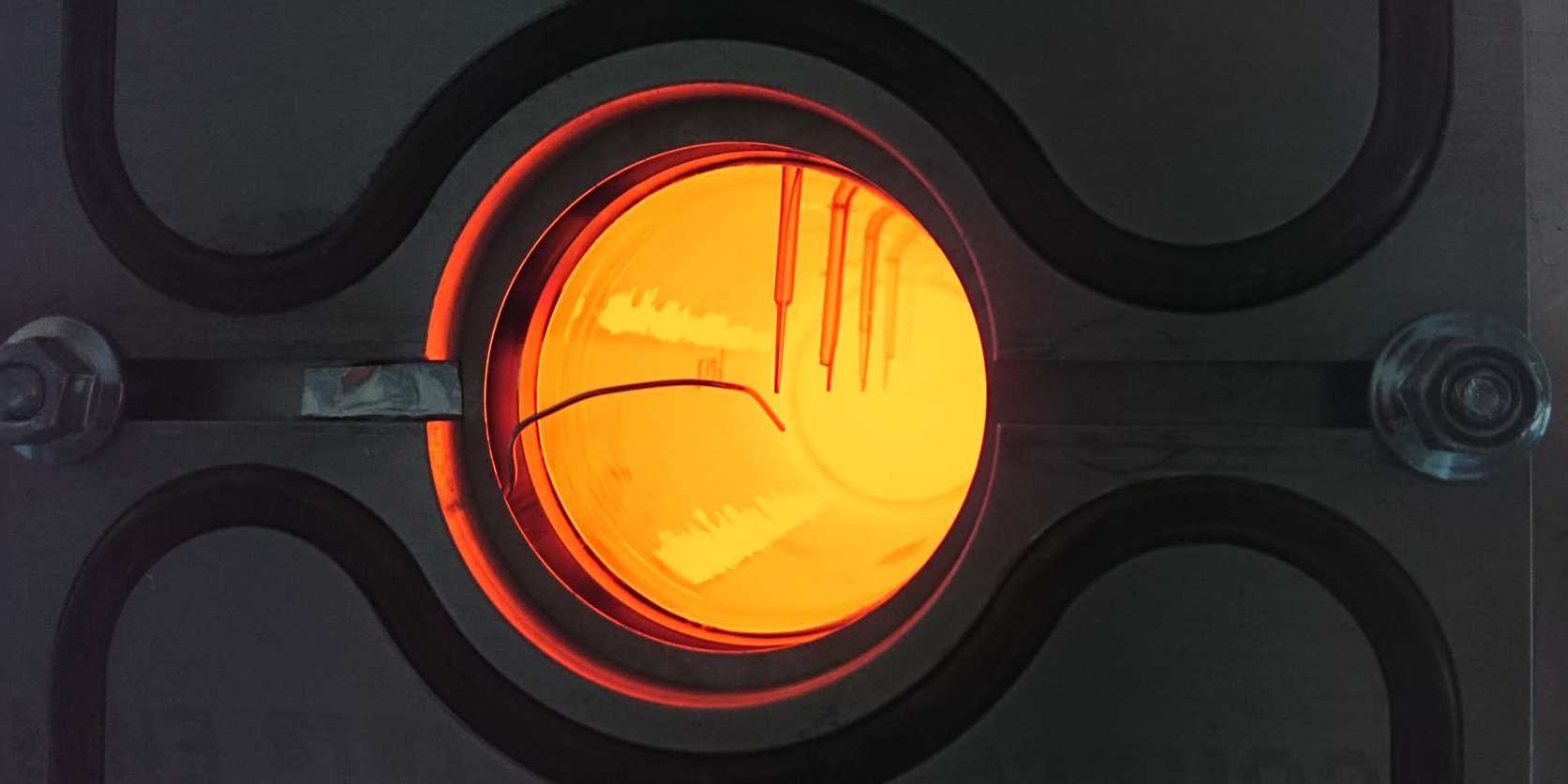While electricity generation has been the star of the energy transition show, about half of the world’s energy consumption is to make heat. Many industrial processes rely on fossil fuels to reach high temps right now, but researchers at ETH Zurich have found a new way to crank up the heat with a solar thermal trap. [via SciTechDaily]
Heating water for showers or radiant floor systems in homes is old hat now, but industrial application of solar power has been few and far between. Part of the issue has been achieving high enough temperatures. Opaque absorbers can only ever get as hot as the incident surface where the sun hits them, but some translucent materials, like quartz can form thermal traps.
In a thermal trap, “it is possible to achieve temperatures that are higher in the bulk of the material than at the surface exposed to solar radiation.” In the study, the researchers were able to get a 450˚C surface to produce 1,050˚C interior temperature in the 300 mm long quartz rod. The system does rely on concentrated solar power, 135 suns-worth for this study, but mirror and lens systems for solar concentration already exist due to the aforementioned electrical power generation.
This isn’t the only time we’ve seen someone smelting on sunlight alone, and you can always do it less directly by using a hydrogen intermediary. If you’re wanting a more domestic-level of heat, why not try the wind if the sun doesn’t shine much in your neighborhood?
